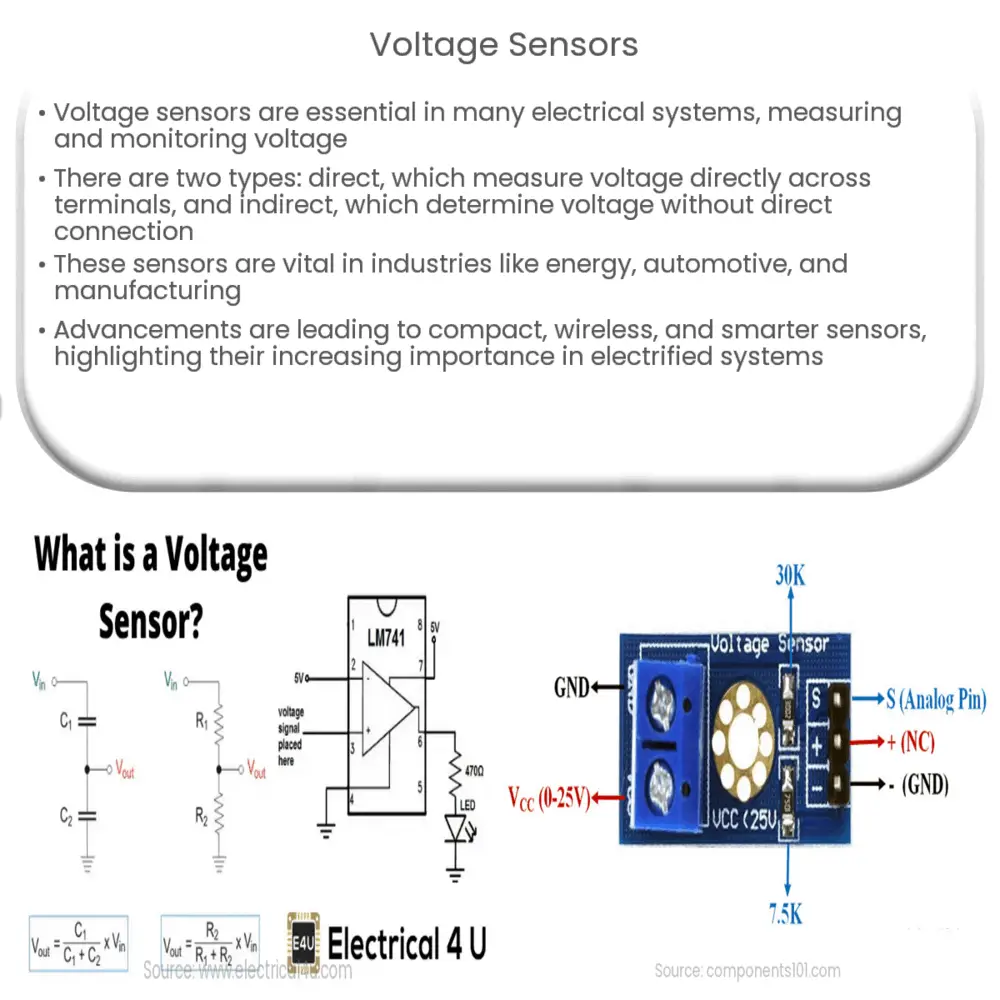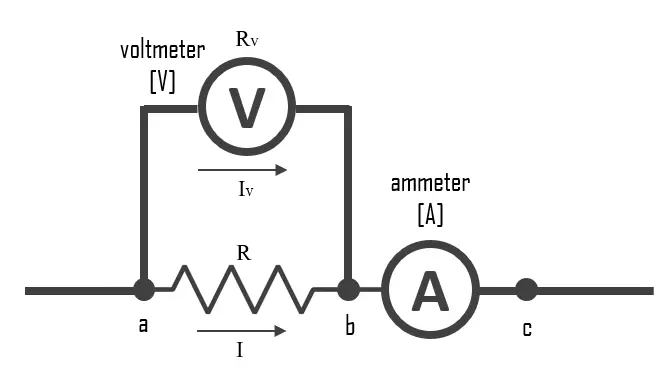Explore the world of voltage sensors: their types, applications, working principles, selection criteria, and future trends.

Introduction to Voltage Sensors
Voltage sensors, often referred to as voltage detectors, are crucial components in many electrical and electronic systems. They are designed to measure and monitor the amount of voltage flowing through a particular part of an electrical circuit. The sensors produce signals proportional to the voltage being measured, enabling engineers and technicians to monitor and control different electrical systems.
Types of Voltage Sensors
Direct Voltage Sensors: Direct voltage sensors, as the name suggests, measure the voltage directly across the terminals. These sensors usually involve high precision resistors and are often found in low-voltage applications.
Indirect Voltage Sensors: Indirect voltage sensors, on the other hand, measure the voltage without directly connecting to the circuit. They make use of properties such as capacitance, inductance or magnetic coupling to determine the voltage level. These sensors are typically used in high-voltage systems.
Applications of Voltage Sensors
Voltage sensors are employed in a wide range of applications due to their versatility and essential functionality. They find usage in industries such as energy, automotive, manufacturing, and more.
Energy Sector: Voltage sensors are crucial in power generation, transmission, and distribution. They aid in maintaining the stability of power grids by ensuring the correct voltage levels.
Automotive Industry: In the automotive sector, voltage sensors are used to monitor and control the various electronic systems present in modern vehicles. This includes the battery system, electronic control units (ECUs), and more.
Manufacturing: In manufacturing processes, these sensors are used for equipment control, safety systems, and for ensuring the optimal operation of machinery.
Working Principle of Voltage Sensors
The operation of a voltage sensor involves the detection of an electric field or a change in electric potential1. This change is then converted into an output signal that can be quantified. The specifics of this process can vary significantly depending on the type of voltage sensor being used.
Considerations for Voltage Sensor Selection
Choosing the right voltage sensor is essential to ensuring accurate voltage measurements. This decision is generally based on several factors:
Measurement Range: The sensor should be capable of measuring the entire voltage range of the application. For high-voltage applications, indirect sensors are generally more suitable.
Accuracy: The accuracy of a voltage sensor is another crucial consideration. This factor is determined by the sensor’s resolution, linearity, and other properties.
Environmental Conditions: The sensor should be capable of operating under the environmental conditions of the application, which may include high or low temperatures, humidity, and more.
Cost and Size: Practical considerations like cost and size may also influence the choice of sensor, especially in cost-sensitive or space-constrained applications.
Future of Voltage Sensors
With advancements in technology, voltage sensors are becoming more compact, accurate, and affordable. Emerging trends include wireless voltage sensors, which eliminate the need for physical connections, and smart sensors, which can process data and communicate with other devices. As more devices and systems become electrified, the demand for efficient and reliable voltage sensors is only expected to grow.
Conclusion
In conclusion, voltage sensors play a vital role in a wide array of sectors, from the energy industry to automotive and manufacturing. Their ability to accurately measure and monitor voltage levels ensures the safe and efficient operation of electrical and electronic systems. As technologies evolve, so too will the capabilities and applications of these critical components. Understanding the working principles, applications, and selection criteria of voltage sensors is key to leveraging their full potential in any given context.



